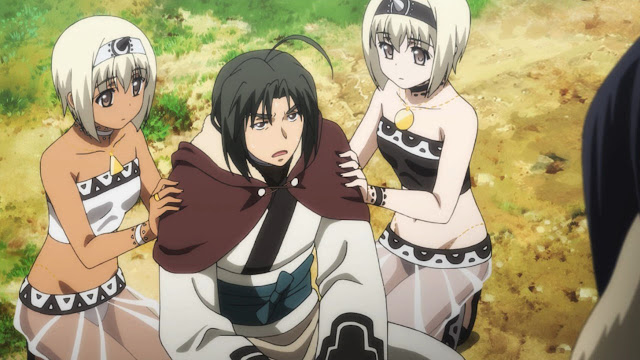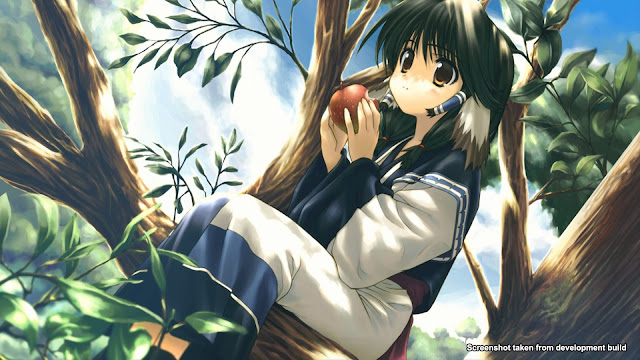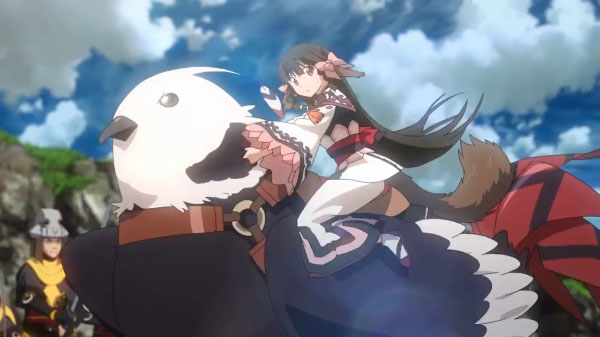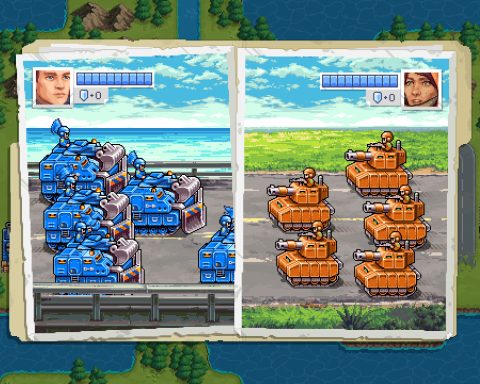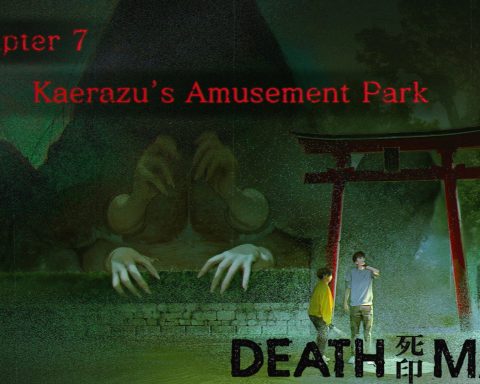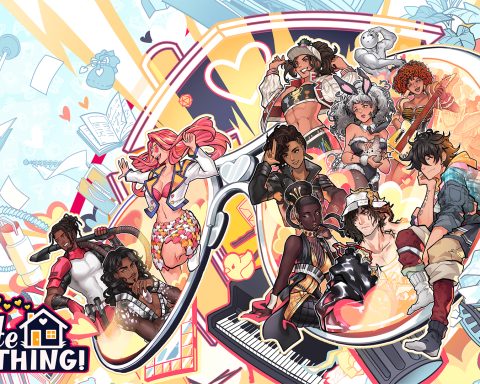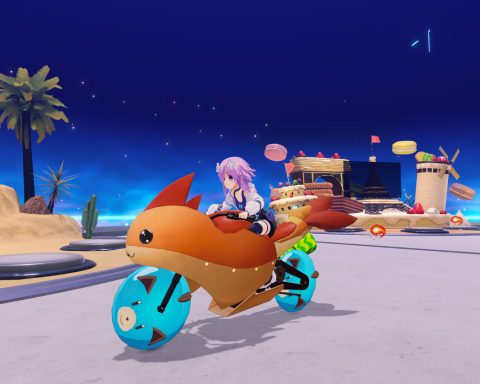Interview by Matt S.
Japan’s Ainu people have become one of the most diminished native peoples in the world. They’re native to northern Japan, predominantly Hokkaido, and if you weren’t aware of that, don’t worry, you’re by no means alone. Many, many people in the west don’t even realise there exists a native people separate to the Japanese in Japan. Within the mainstream Japanese population itself knowledge and understanding of the Ainu people is minimal at best. The reason is quite sad: for centuries the government actively aimed to suppress Ainu culture, and from 1899 to 1997 Japan officially acknowledged no ethnic minority communities. It also destroyed Ainu communities to make way for factories and modernisation, and limited the way that Ainu could live in order to force them to assimilate into Japanese culture.
It was only in 2008 that the Japanese government passed a resolution to recognise the Ainu as indigenous to Japan, and since then there have been efforts to reduce discrimination against the people. And, if the press is to be believed, the rest of the world will get their first real dose of Ainu culture with the 2020 Olympics, where the Ainu have been promised a role in the opening ceremony.
It might be too little too late. Though estimates place a population of 200,000 Ainu, the vast majority of them have been so assimilated into Japanese culture that many don’t realise their background. Only 25,000 or so still formally identify as Ainu, and efforts to record their culture, traditions and lifestyles is far, far behind where it needs to be for a culture at real risk of disappearing.
The Ainu are a fascinating people, however, based on what little I’ve been able to learn of them from my own research. Their sense of dress and architecture is entirely different. Unlike the Japanese, the Ainu men do not shave. Ainu women traditionally have massive tattoos done around their lips. They have their own religion, arts, and crafts. It’s a culture that I wish more people had the chance to come to learn about.
It is this that is what originally got me interested in Utawarerumono, way back when Atlus localised two visual novel/SRPG hybrids for the western market. It’s immediately obvious that these games have a different (and gorgeous) sense of aesthetics and design, and the Ainu are the reason for that. While the story itself borrows elements from a wide range of Japanese storytelling traditions, the aesthetic of the main heroes is explicitly modeled after Ainu culture, making Utawareumono perhaps the first and only game that we have access to that acts to preserve something about the Ainu.
Utawarerumono now sits with NISA as the western publisher, with the first in this new partnership, Utawarerumono Zan, released recently in English. Thanks to NISA I was given the opportunity to chat with Aquaplus’ Washimi Tsutomu, director of the Utawarerumono series, about Zan, and the overall series, and so I immediately jumped at the chance to talk about the series’ most fascinating and distinctive element.
“When we set out to make Utawarerumono, the scenario writer immediately came out and insisted that he would like to make a game and write a story that was inspired by the Ainu,” Washimi said. “We wanted to make a truly Japanese fantasy game, and the Ainu culture certainly represented that to us.
“At the time when the series first started, if you said the word ‘fantasy,’ to a lot of people that meant the western style, knights and heavy armour and all that. The creator wanted to do something more true to a classical Japan.
“We needed to be careful, of course, and I should make it clear that we made sure it’s only a motif – we didn’t aim to take anything from the Ainu.” As with most other people in the world, there are sensitivities around the idea of ‘using’ a native culture in Japan, and potentially misrepresenting or insulting it. Washimi and his team navigated this by taking only the most broad design elements. Enough so that the game comes across as being inspired by the Ainu, but not so far as to run the risk of looking or feeling like an appropriation of it.
“We focused on the clothing and the patterns on the material, rather than trying to capture the cultural signals that they might have,” Washimi said. Of course, it would be wonderful down the track for a team of Ainu developers to craft something similar to what we saw when Native Alaskans created Never Alone. For now, however, a game that treats the Ainu aesthetics with respect, while inspiring people (such as myself!) to learn more about the culture is a superb premise, and has become one of the stronger elements of the Utawarerumono series.
On researching the Ainu
The Aquaplus team ran into a snag almost immediately after setting out to design the Utawarerumono series. “We started to wonder why we were doing this,” Washimi said. “The Ainu are little understood culture, even among the Japanese. We discovered quickly that the resources available to learn much about Ainu culture and traditions is very limited.
“The design team needed to travel around borrowing books from libraries, essentially. There’s are really not many books on the open market that you can even purchase about the Ainu, so it was all about making the legwork to go to libraries.
“Even then there are a lot of gaps that need to be filled – the majority of symbols on the clothing, for example, are not Ainu symbols. This wasn’t to take away from the Ainu on any level. It’s simply that the meaning of what we were able to find was often not explained, so we needed to instead come up with symbols that looked the part, but weren’t going to have meaning to Ainu culture.”
There are other games that have aimed to capture traditional Japanese stories, legend, and culture within the experience. Even within the same SRPG genre that Utawarerumono occupies – God Wars, for example, is very traditionally Japanese. However, Utawarerumono’s unique source of differentiation is a major reason that this series is so distinctive and interesting. It might not work as a textbook or cultural learning experience, and we’re perhaps not at the point yet where the Ainu themselves will be able to create a game to tell their stories, but hopefully people walk away from Utawarerumono and be interested in learning about where it comes from.
As I mentioned in my review of Utawarerumono Zan, you do really want to have played the first two games in the series first, for the narrative assumed knowledge of Zan. But you should do that anyway, because they’re amazing games… and then look forward to the remake of the original Utawarerumono, which NISA is bringing out in English for the very first time soon!
This is the first of two interviews that we conducted with Washimi at TGS this year. Stay tuned for later this week for the next one!
– Matt S.
Editor-in-Chief
Find me on Twitter: @digitallydownld
Please help keep DDNet running:
Become a Patreon!


